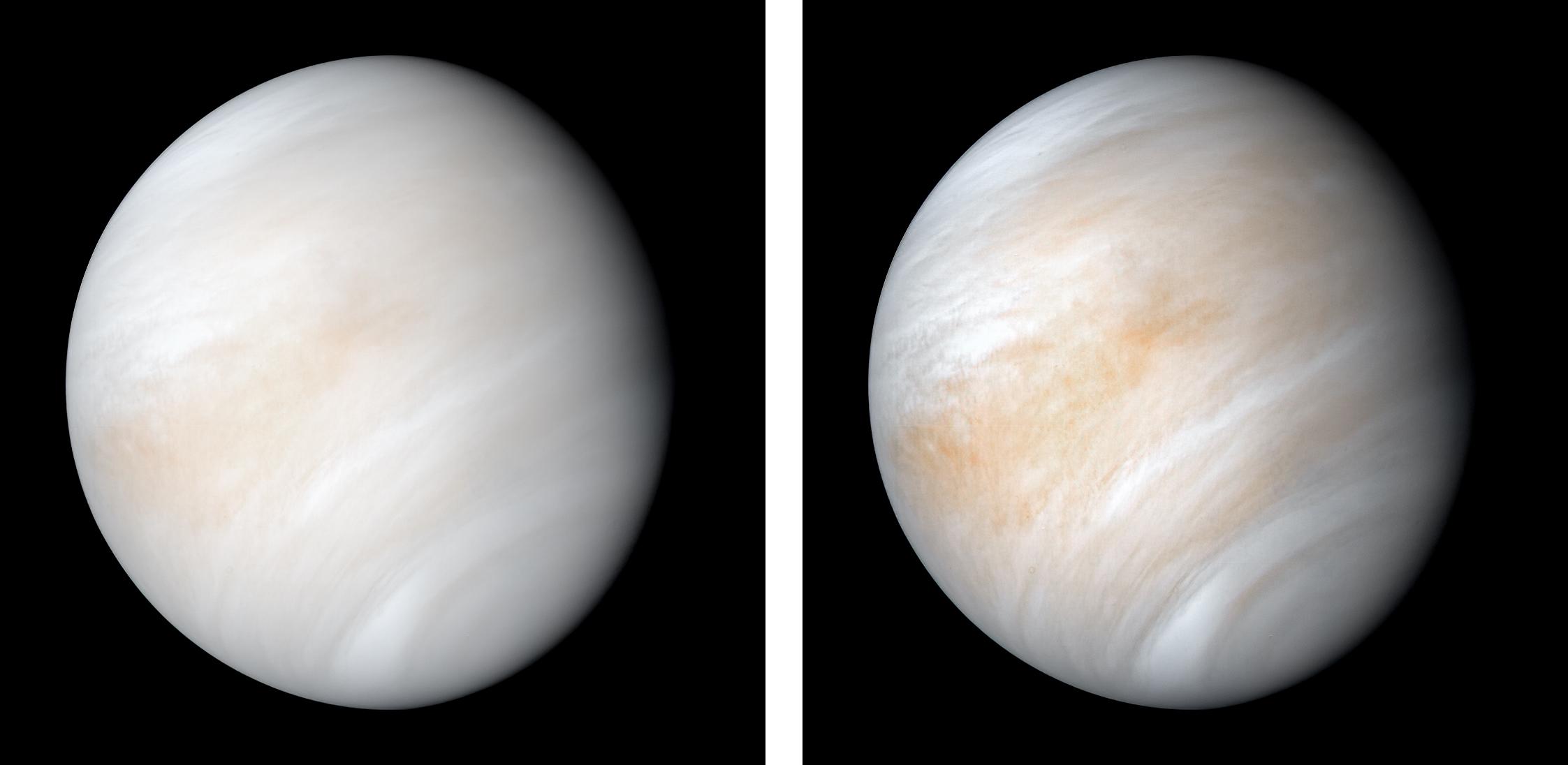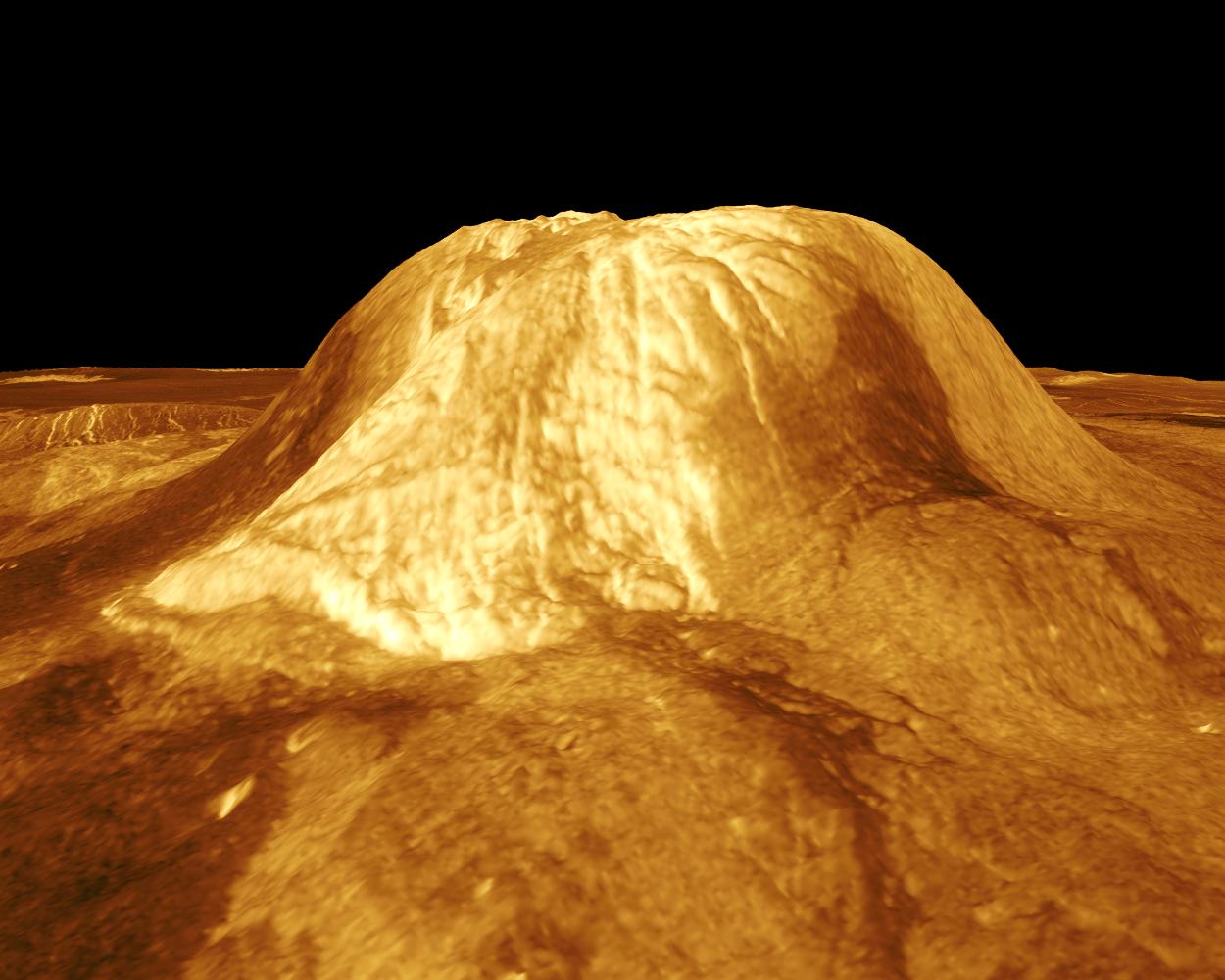
Venus, the second planet from the Sun, is a fascinating world shrouded in mystery and extreme conditions. Named after the Roman goddess of love and beauty, Venus has captivated astronomers and scientists for centuries due to its proximity to Earth and its striking similarities—yet profound differences—from our home planet. Below, I’ll dive into a detailed exploration of Venus, covering its physical characteristics, atmosphere, geology, climate, exploration history, and its place in scientific study and popular imagination. This will provide ample material for a long article.
Physical Characteristics
Venus is often called Earth's "sister planet" due to its similar size and composition. It has a diameter of approximately 12,104 kilometers (7,521 miles), making it just slightly smaller than Earth (about 95% of Earth's diameter). Its mass is roughly 81.5% that of Earth’s, and its density suggests a structure similar to Earth’s, with a rocky mantle surrounding a metallic core. However, unlike Earth, Venus lacks a detectable magnetic field, likely due to its slow rotation or the absence of a dynamo effect in its core.
Venus rotates on its axis incredibly slowly, taking 243 Earth days to complete one rotation—longer than its year, which lasts 225 Earth days as it orbits the Sun. This retrograde rotation (it spins in the opposite direction to most planets) adds to its peculiarities. A day on Venus, from one sunrise to the next (its solar day), lasts about 117 Earth days due to the interplay between its slow rotation and orbital period.

Atmosphere and Climate
Venus’s atmosphere is one of its most defining and extreme features. Composed primarily of carbon dioxide (96.5%), with traces of nitrogen and sulfuric acid, it creates a suffocating blanket around the planet. The atmospheric pressure at the surface is about 92 times that of Earth’s—equivalent to the pressure experienced 900 meters (3,000 feet) underwater on Earth. This crushing pressure, combined with surface temperatures averaging 464°C (867°F), makes Venus the hottest planet in our solar system, far surpassing even Mercury, which is closer to the Sun.
The extreme heat is largely due to a runaway greenhouse effect. Thick clouds of sulfuric acid trap heat, reflecting much of the sunlight that reaches Venus (giving it a high albedo, or reflectivity, and making it the brightest object in our night sky after the Moon). These clouds, which obscure the surface from visible-light observations, extend from about 50 to 70 kilometers (31 to 43 miles) above the surface and are constantly swept by superfast winds, reaching speeds of up to 360 kilometers per hour (224 miles per hour).
Surface and Geology
Thanks to radar mapping—particularly from NASA’s Magellan spacecraft in the early 1990s—we’ve uncovered a detailed picture of Venus’s surface, hidden beneath its opaque clouds. Venus is predominantly covered by vast plains (about 70% of the surface), formed by volcanic activity, interspersed with highlands and mountain ranges. Two major “continents” stand out: Ishtar Terra in the northern hemisphere, home to Maxwell Montes, the planet’s highest peak at 11 kilometers (6.8 miles) above the mean surface level, and Aphrodite Terra near the equator, a sprawling region larger than South America.
Volcanism dominates Venus’s geology. The planet boasts over 1,600 major volcanoes and countless smaller volcanic features, though it’s unclear how many remain active today. Evidence of lava flows and volcanic domes suggests relatively recent activity (within the last few million years), but no definitive proof of current eruptions has been observed. Unlike Earth, Venus shows no signs of plate tectonics. Instead, its crust appears to be a single, rigid shell, occasionally reshaped by massive volcanic events or "resurfacing" episodes.
Impact craters are relatively sparse, with only about 1,000 identified, indicating that Venus’s surface is young—geologically speaking—estimated at 300 to 600 million years old. The scarcity of small craters suggests that the thick atmosphere incinerates smaller meteoroids before they can reach the surface.
Exploration History
(details)
Venus has been a target of human curiosity since the dawn of astronomy, but its exploration began in earnest with the Space Age. The Soviet Union led early efforts, launching the Venera program in the 1960s. Venera 1, in 1961, was the first spacecraft to fly by Venus, though it lost contact before delivering data. Subsequent missions achieved greater success: Venera 7, in 1970, became the first spacecraft to land on another planet and transmit data, surviving Venus’s harsh conditions for 23 minutes. Venera 9, in 1975, sent back the first grainy images of the surface, revealing a rocky, desolate landscape.
NASA’s contributions include the Pioneer Venus missions in the late 1970s, which mapped the planet’s atmosphere and surface, and the aforementioned Magellan mission (1989–1994), which provided the most detailed radar maps to date, covering 98% of Venus’s surface. More recently, missions like ESA’s Venus Express (2005–2014) studied the planet’s atmosphere and weather patterns, while Japan’s Akatsuki spacecraft, launched in 2010, continues to monitor its climate from orbit.
Future exploration is on the horizon. NASA’s VERITAS and DAVINCI+ missions, planned for the late 2020s, aim to map the surface in greater detail and probe the atmosphere’s composition, respectively. Russia has also proposed a Venera-D mission, potentially reviving its legacy of Venus landers.
- Mariner 10: NASA Photojournal
- Gula Mons: NASA Photojournal
- Venera 13: NSSDC



Scientific and Cultural Significance
Venus offers a stark lesson in planetary science. Its similarities to Earth—size, composition, and proximity to the Sun—make it a natural comparison for understanding what makes a planet habitable or uninhabitable. The runaway greenhouse effect on Venus serves as a cautionary tale for Earth’s climate future, highlighting the dangers of unchecked carbon dioxide buildup.
Culturally, Venus has long inspired awe. Its brilliance as the "morning star" or "evening star" made it a fixture in ancient mythologies worldwide, from the Mesopotamian goddess Inanna to the Greek Aphrodite. Today, it remains a symbol of beauty juxtaposed against its hellish reality—a duality that continues to intrigue writers, artists, and scientists alike.
Mysteries and Open Questions
Despite decades of study, Venus holds many secrets. Is it still volcanically active? Could microbial life exist in its upper cloud layers, where temperatures and pressures are less extreme? Why does it lack a magnetic field, and what caused its retrograde rotation? These questions drive ongoing research and future missions, ensuring Venus remains a focal point of planetary science.
In summary, Venus is a world of extremes—blazing heat, crushing pressure, and a landscape shaped by fire and time. Its study not only enriches our understanding of the solar system but also reflects on our own planet’s past and future. With new missions on the way, the veil over Venus may lift further, revealing even more about this enigmatic neighbor. This wealth of detail should provide a robust foundation for your long article! Let me know if you’d like me to expand on any section.
Additional Reading
- Venus - NASA Science Gallery
- Venus - Vikipedi
- Phosphine gas in the cloud decks of Venus - Nature
- Mariner 10 - NASA Photojournal
- Gula Mons - NASA Photojournal
- Venera 13 - NSSDC
Back to Blog